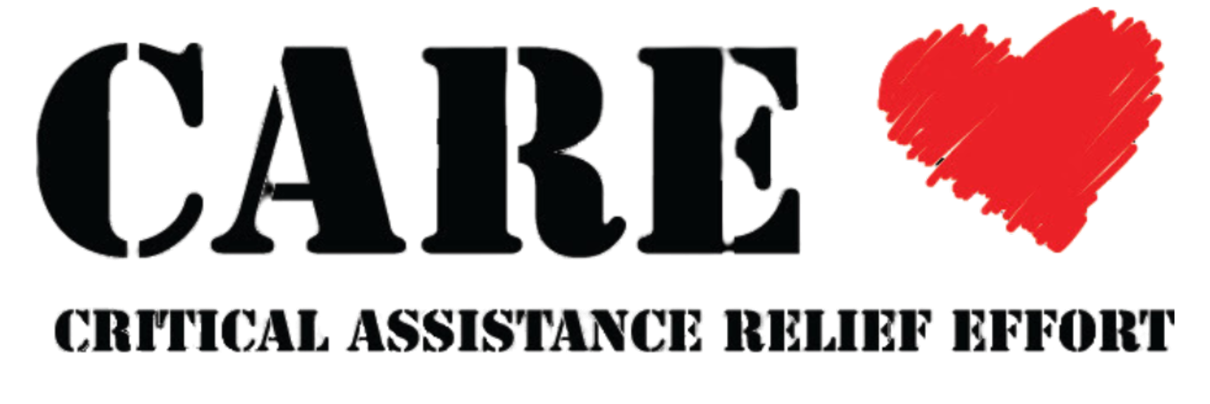- Intro: The power of collective action—why solo efforts aren’t enough.
- Major partners: Featuring local nonprofits, contractors, health services, and civic groups (e.g., Silver State Health Services, Veterans Village) (carecomplex.org).
- Stories of collaboration: Contractor-led building restorations, medical care clinics, resume support by volunteers.
- Impact statistics: Highlight service volume enabled by partnerships.
- Call to action: Invite local businesses to join as partners, donate, or volunteer.
2. “From Locker to Livelihood: A CARE Complex Success Story”
- Setting the scene: Meet “Jason” (or pseudonym) facing homelessness with no storage or transport.
- Barrier breakdown: How CARE provided lockers, hygiene services, and bus passes—removing tangible challenges.
- Success moment: Walking to a job interview thanks to CARE support.
- Outcome: Job obtained, housing secured, newfound independence.
- Takeaway & CTA: How small actions multiply—encourage donations or mentorship sign-ups.
3. “Why a Social Work Practicum at CARE Complex Changes Lives—for Everyone Involved”
- Spotlight: Overview of CARE’s practicum program for social work students (since 2018) (carecomplex.org).
- Student perspective: What they learn in real-world case management and service delivery.
- Client benefit: Fresh insights and additional support capacity.
- Community value: Building future social workers with hands-on experience.
- Call to action: Encourage framing CARE as a practicum site—info on partnerships & involvement.
🔍 Why these topics resonate
- Collaborative design encourages community involvement.
- Narrative storytelling (client journeys) connects emotionally.
- Educational angle showcasing your role in training future professionals.
📌 Next Steps
- Choose 1–2 posts to start with.
- Add eye-catching visuals: event or program photos (with permission).
- Integrate real numbers (e.g. “distributed 1,000 clothing items last month”).
- Include clear CTAs at the end: donate, volunteer, partner, join a practicum.
